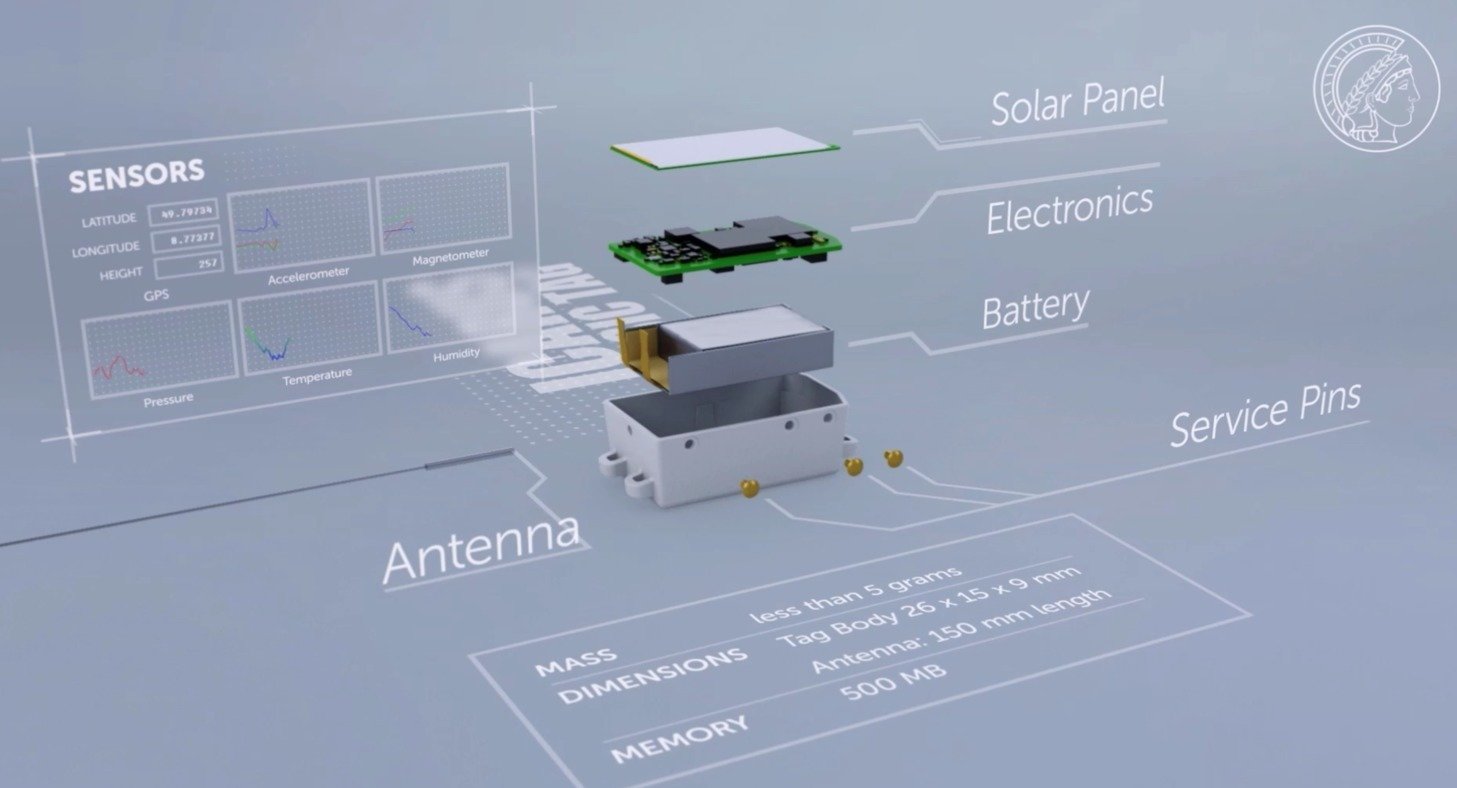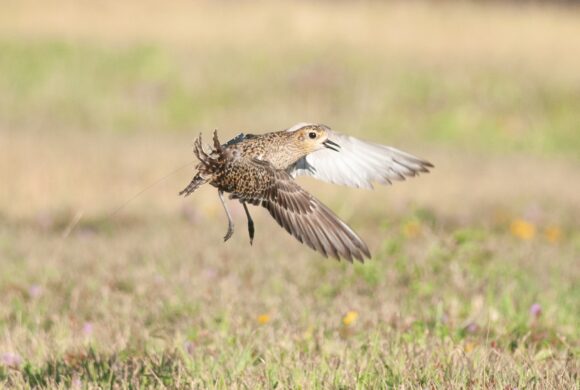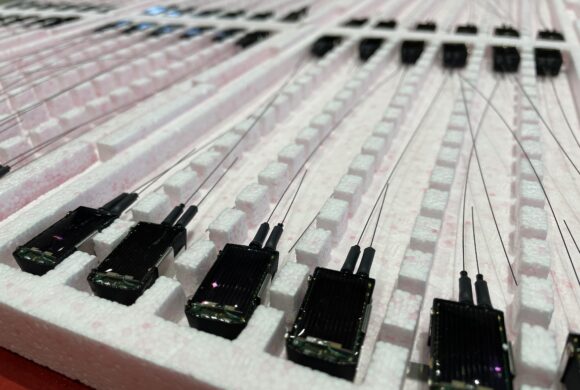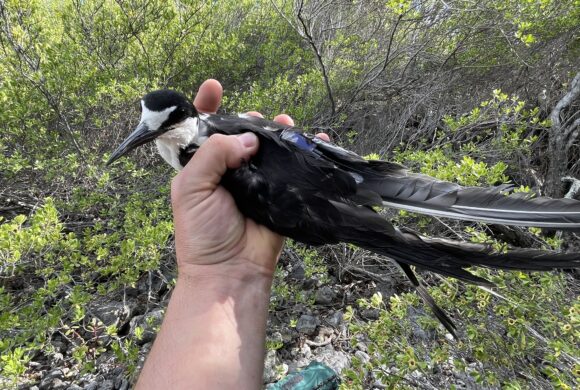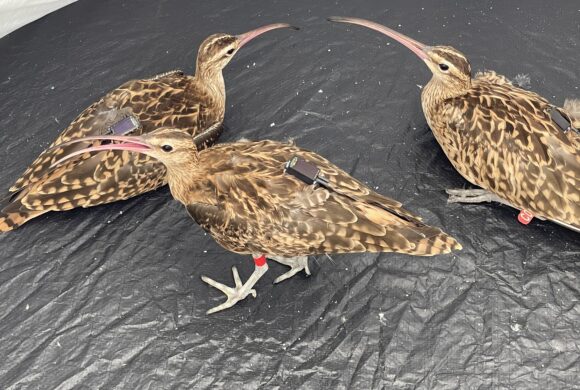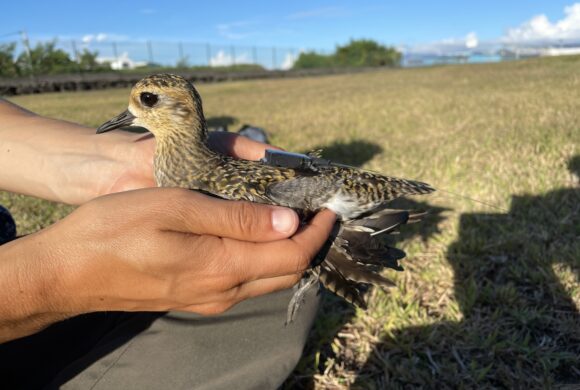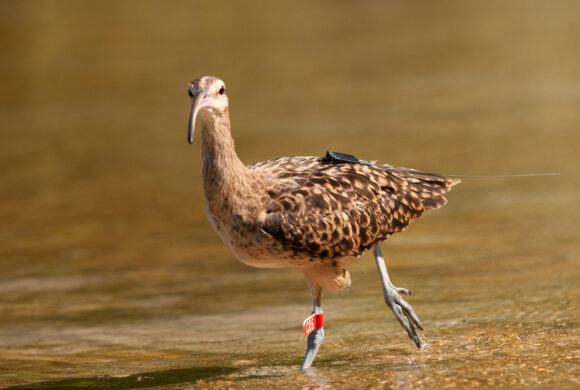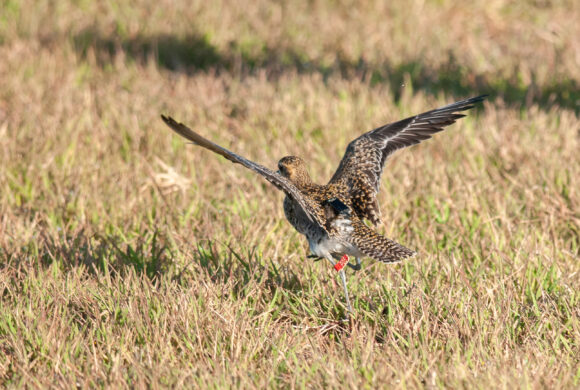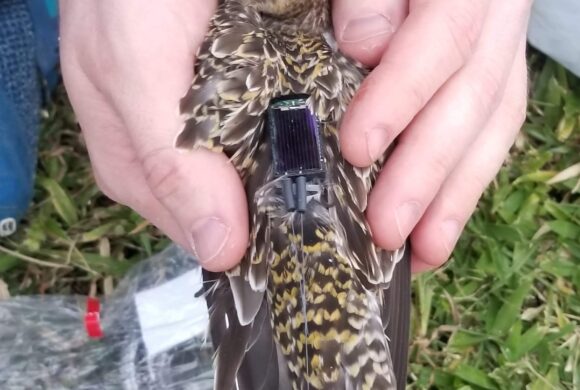Privacy
This website uses cookies to enhance your experience when browsing the site. Of these, cookies that are categorized as necessary are stored on your browser because they are essential for the basic functionality of the website. We also use third-party cookies that help us analyze and understand how you use this website. These cookies will only be stored in your browser with your consent. You also have the ability to decline these cookies. But disabling some of these cookies may affect your browsing experience.
Necessary cookies are absolutely necessary for the proper functioning of the website. These cookies ensure the basic functionality and security features of the website in an anonymous way.
| Cookie | Duration | Description |
|---|---|---|
| __cfduid | 1 month | This cookie is used by cdn services like CloudFare to identify individual clients behind a shared IP address and apply security settings on an individual basis. It does not match any user ID in the web application and does not store any personally identifiable information. |
| cookielawinfo-checbox-analytics | 11 months | This cookie is set by the GDPR cookie consent plugin. The cookie is used to store the user's consent for cookies in the "Analytics" category. |
| cookielawinfo-checbox-functional | 11 months | This cookie is set by the GDPR cookie consent to record the user's consent for cookies in the "Functional" category. |
| cookielawinfo-checbox-others | 11 months | This cookie is set by the GDPR cookie consent plugin. This cookie is used to store the user's consent for cookies in the "Other" category. |
| cookielawinfo-checkbox-necessary | 11 months | This cookie is set by the GDPR cookie consent plugin. It is used to store the user's consent for cookies in the "Necessary" category. |
| cookielawinfo-checkbox-performance | 11 months | This cookie is set by the GDPR cookie consent plugin. This cookie is used to store the user's consent for cookies in the "Performance" category. |
| viewed_cookie_policy | 11 months | This cookie is set by the GDPR Cookie Consent plugin and is used to store whether or not the user has consented to the use of cookies. It does not store any personal data. |
Functional cookies enable certain features such as sharing website content on social media platforms, collecting feedback, and other third-party features.
| Cookie | Duration | Description |
|---|---|---|
| lang | This cookie is used to store a user's language preferences in order to provide content in the registered language the next time they visit the website. |
Performance cookies are used to understand and analyze key performance indicators of the website, which helps provide a better user experience for visitors.
| Cookie | Duration | Description |
|---|---|---|
| YSC | session | This cookie is set by Youtube and is used to track views of embedded videos.
|
Analytical cookies are used to understand how visitors interact with the website. These cookies provide information on visitor metrics, bounce rate, traffic source, etc.
| Cookie | Duration | Description |
|---|---|---|
| _ga | 2 years | This cookie is set by Google Analytics. This cookie is used to calculate visitor, session, and campaign data and to track site usage for site analytics reporting. The cookies store information anonymously and assign a randomly generated number to identify unique visitors. |
| _gid | 1 day | This cookie is set by Google Analytics. This cookie is used to store information about how visitors use a website and helps create an analytical report about the state of the website. The data collected includes the number of visitors, the source they came from, and the pages visited in an anonymous form. |
Other uncategorized cookies are those that are being analyzed and have not yet been categorized.
Advertising cookies are used to provide visitors with relevant ads and marketing campaigns. These cookies track visitors to the websites and collect information to provide personalized ads.
| Cookie | Duration | Description |
|---|---|---|
| IDE | 1 year 24 days | Used by Google DoubleClick and stores information about how the user uses the website and any advertising before visiting the website. This information is used to show users ads that are relevant to them based on the user's profile. |
| test_cookie | 15 minutes | This cookie is set by doubleclick.net. The purpose of this cookie is to determine whether the user's browser accepts cookies. |
| VISITOR_INFO1_LIVE | 5 months 27 days | This cookie is set by Youtube. It is used to track information about YouTube videos embedded on a website. |

